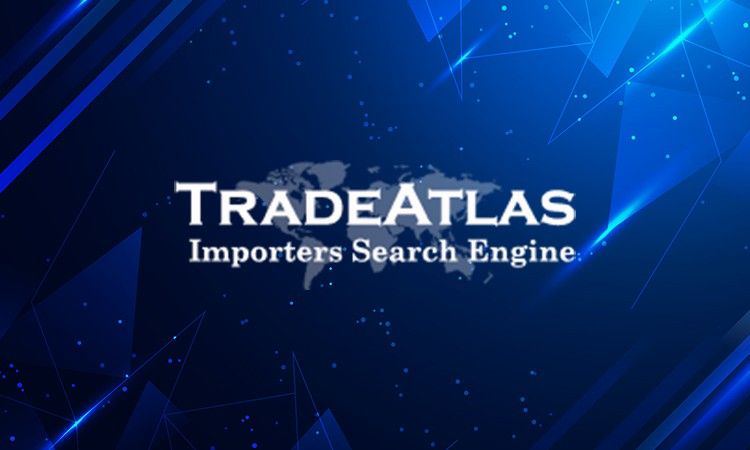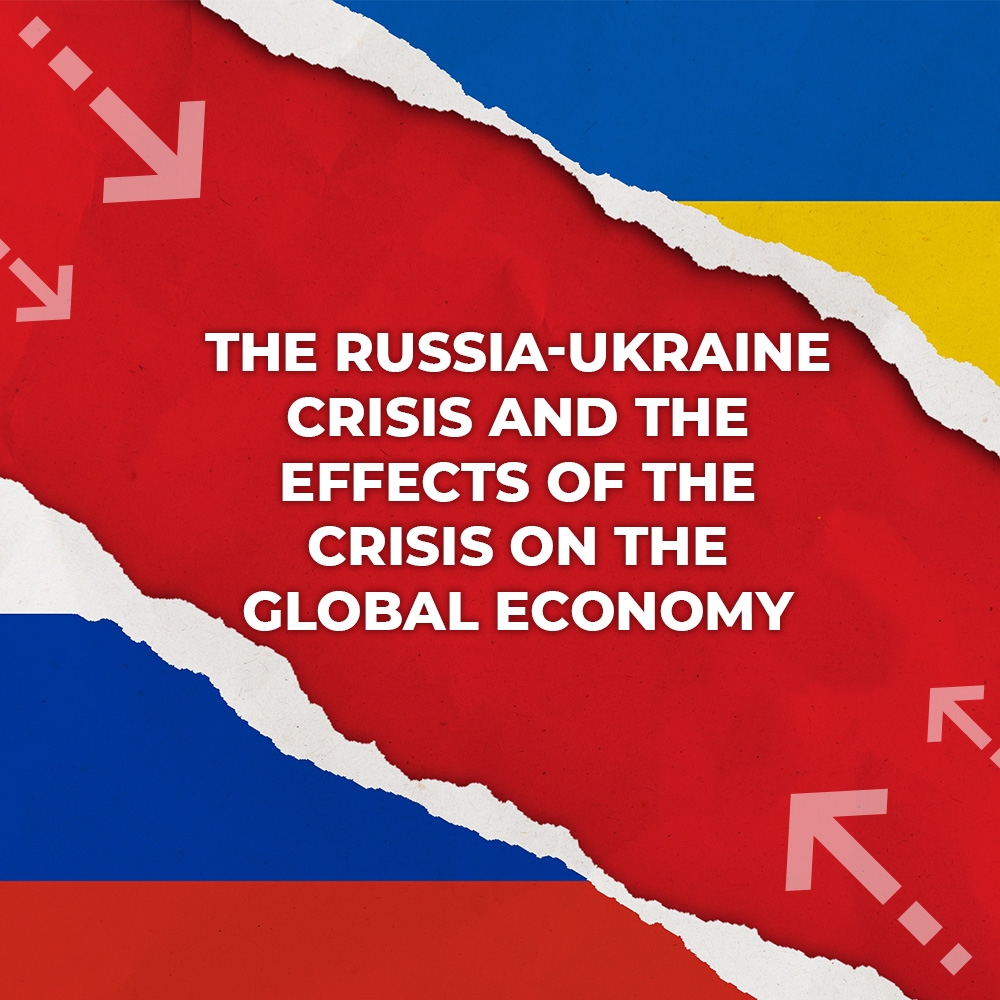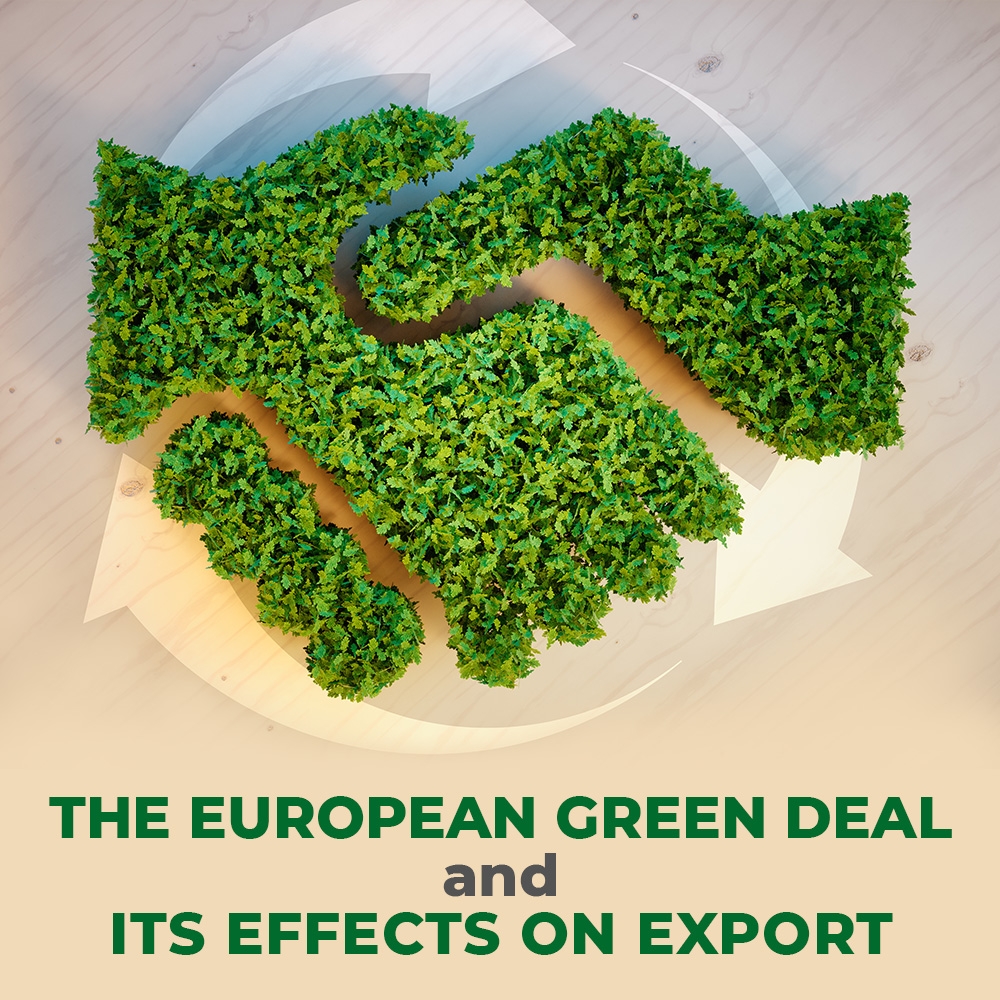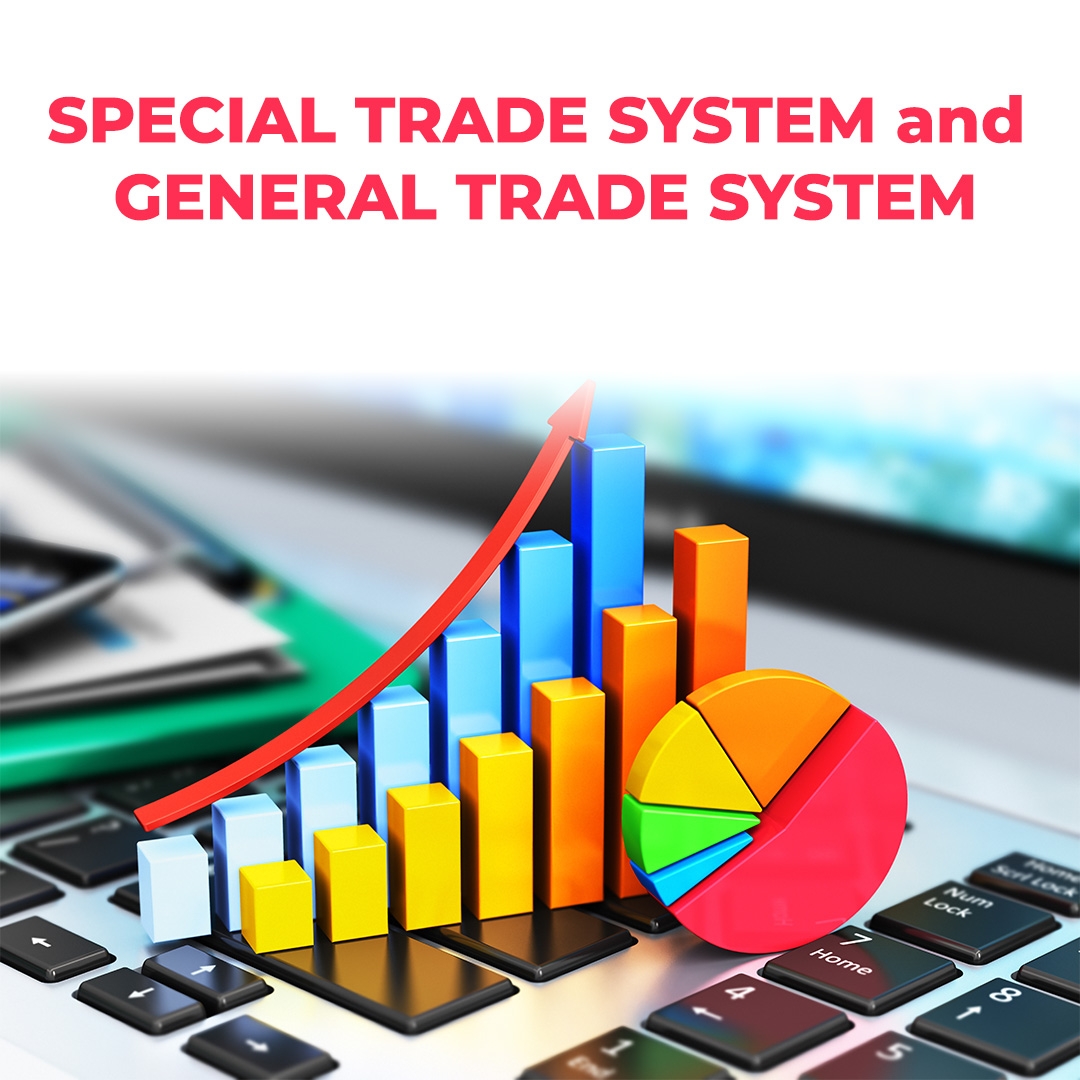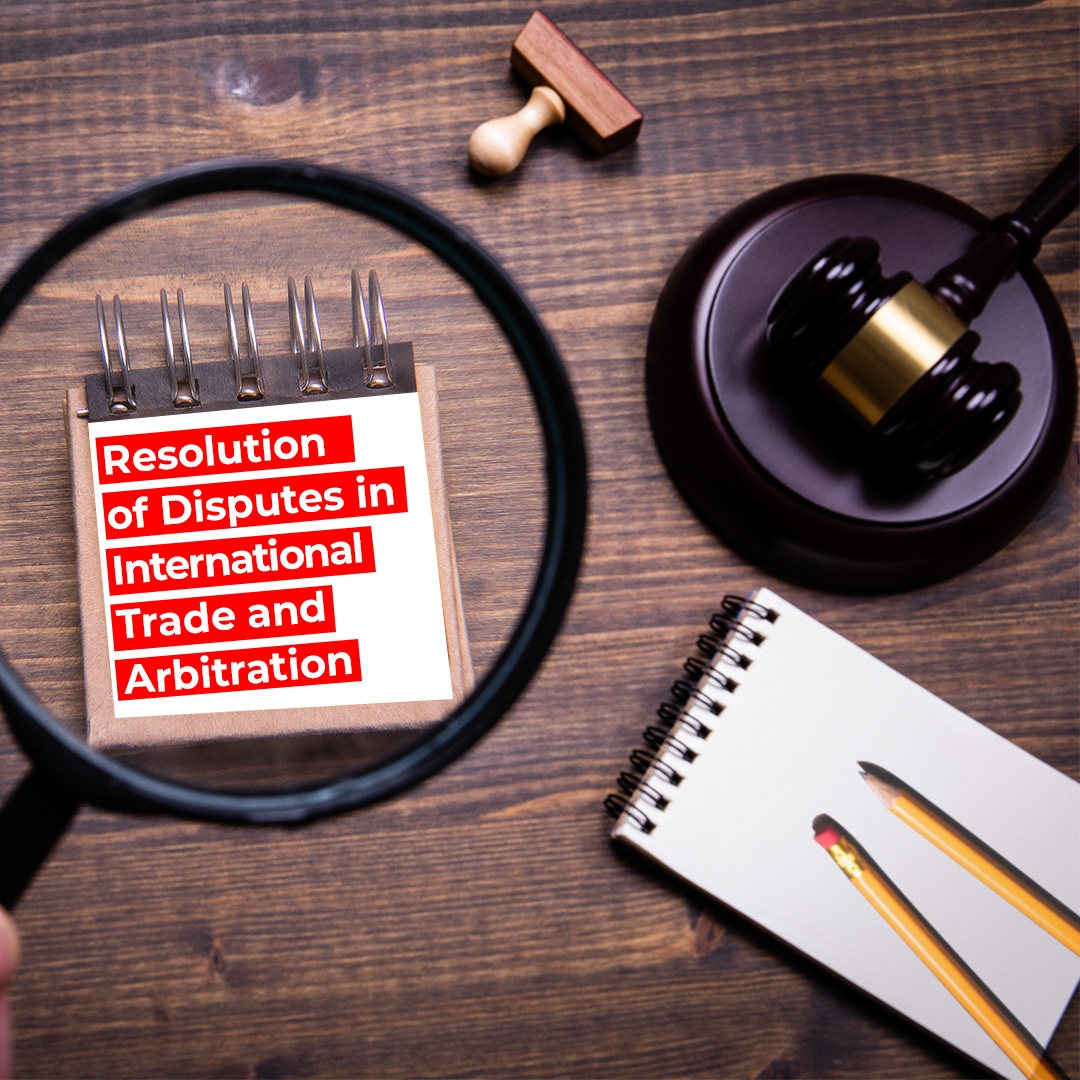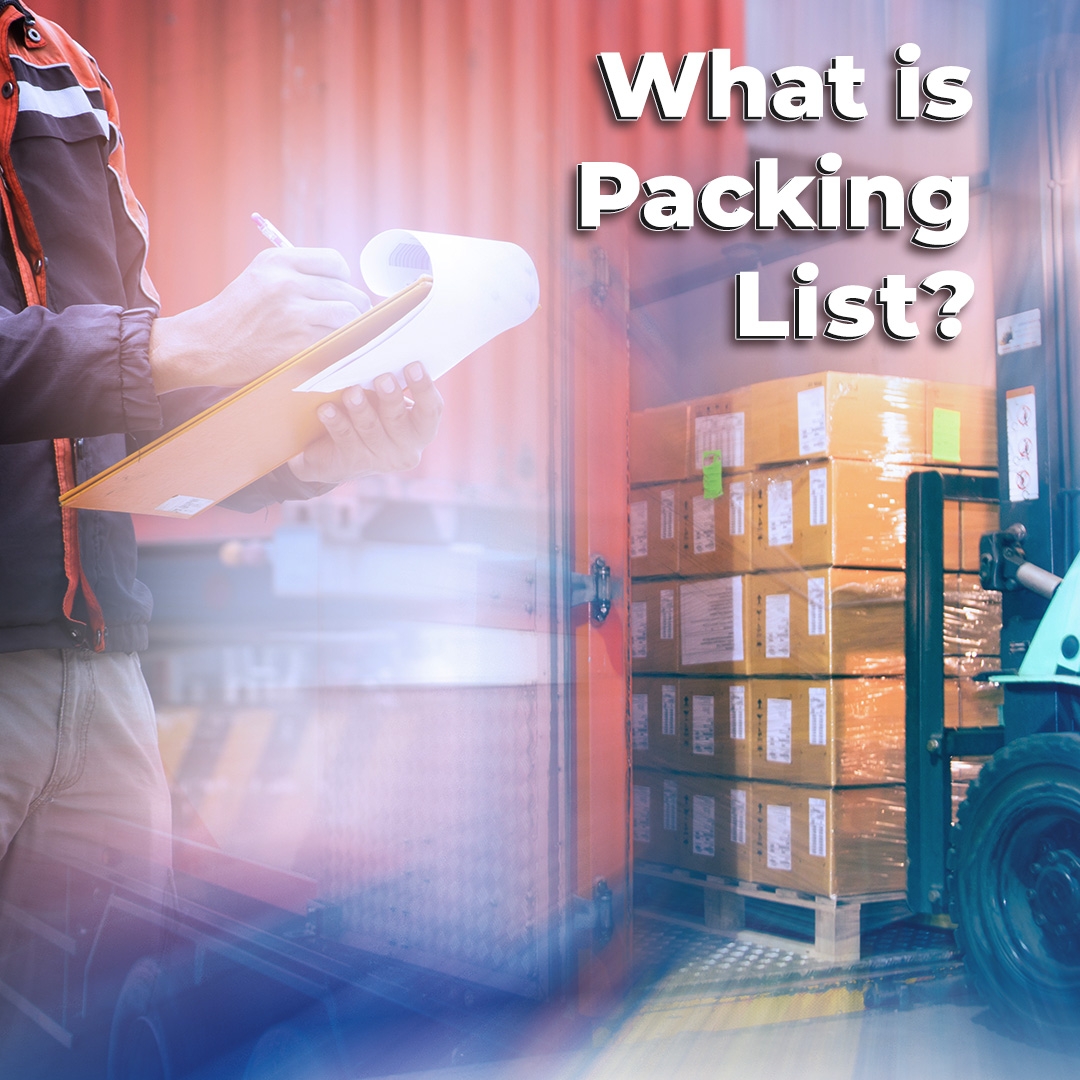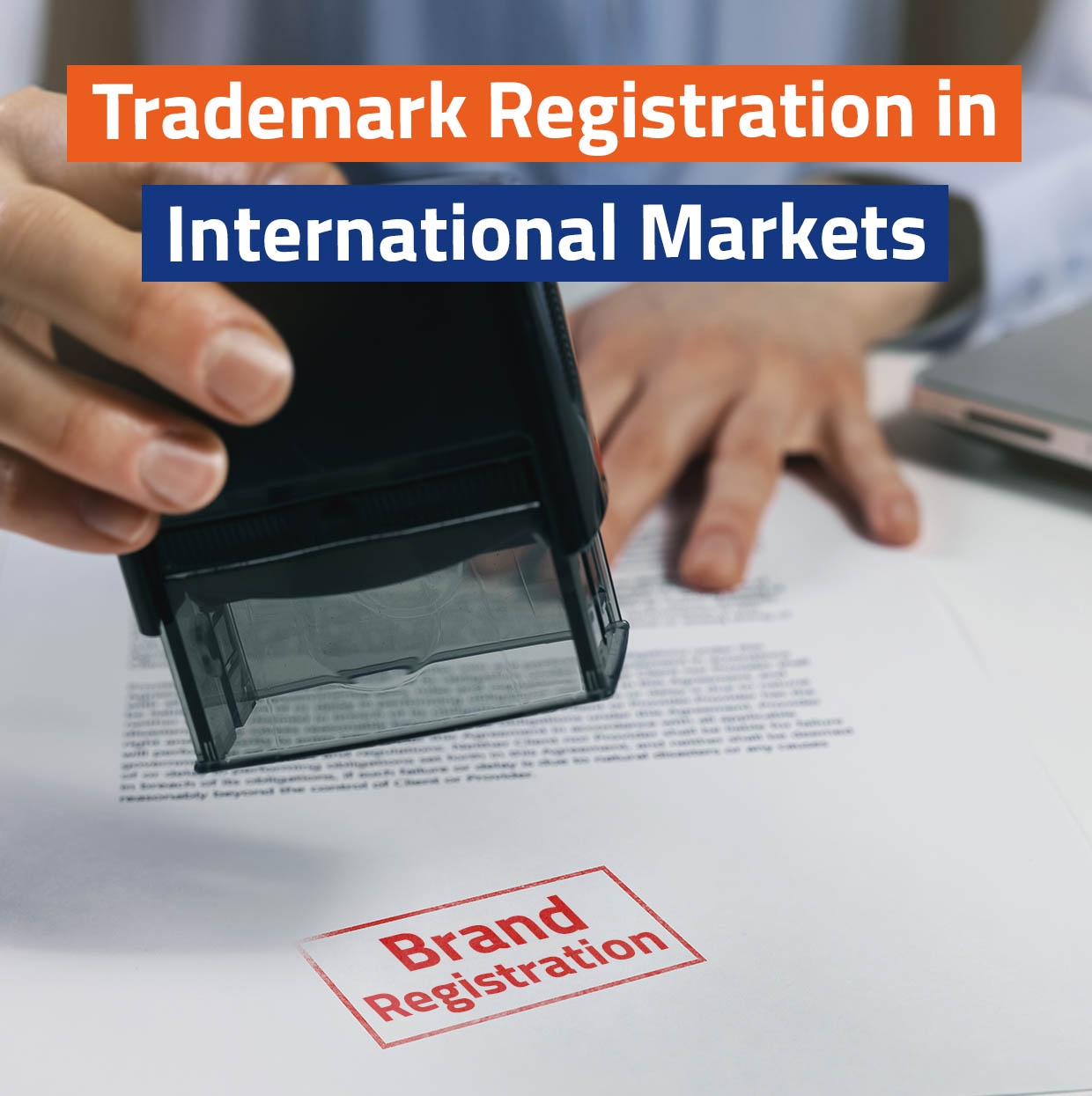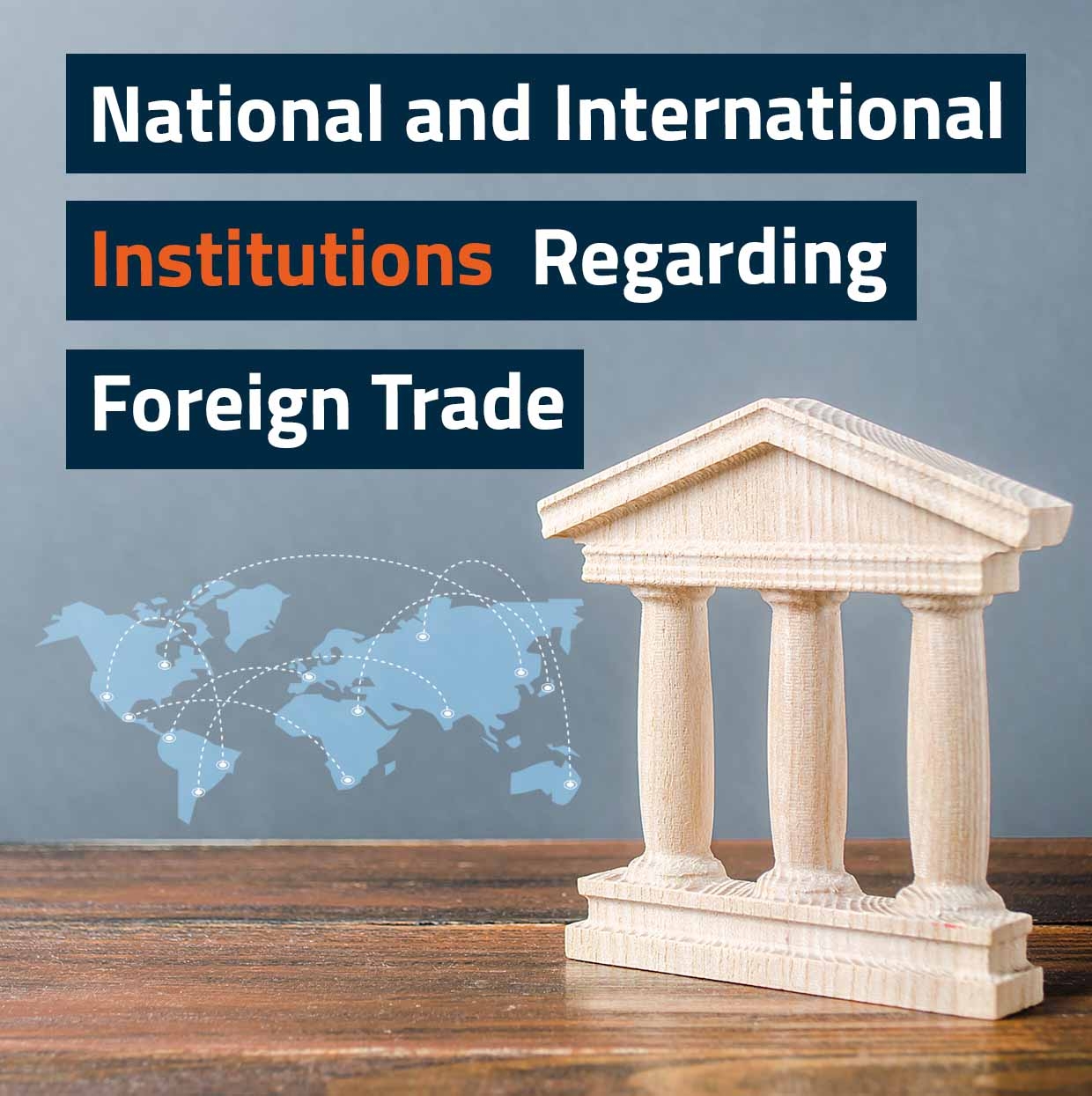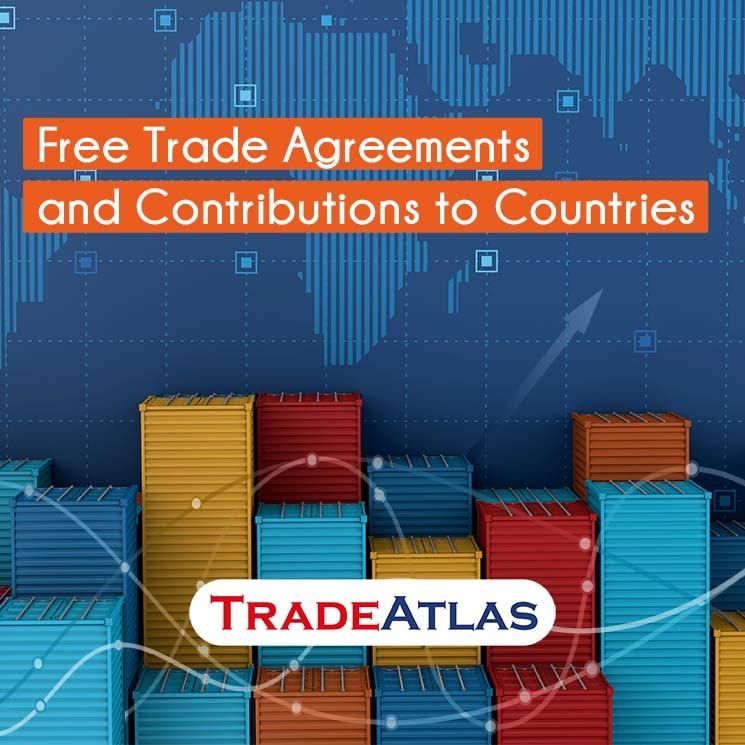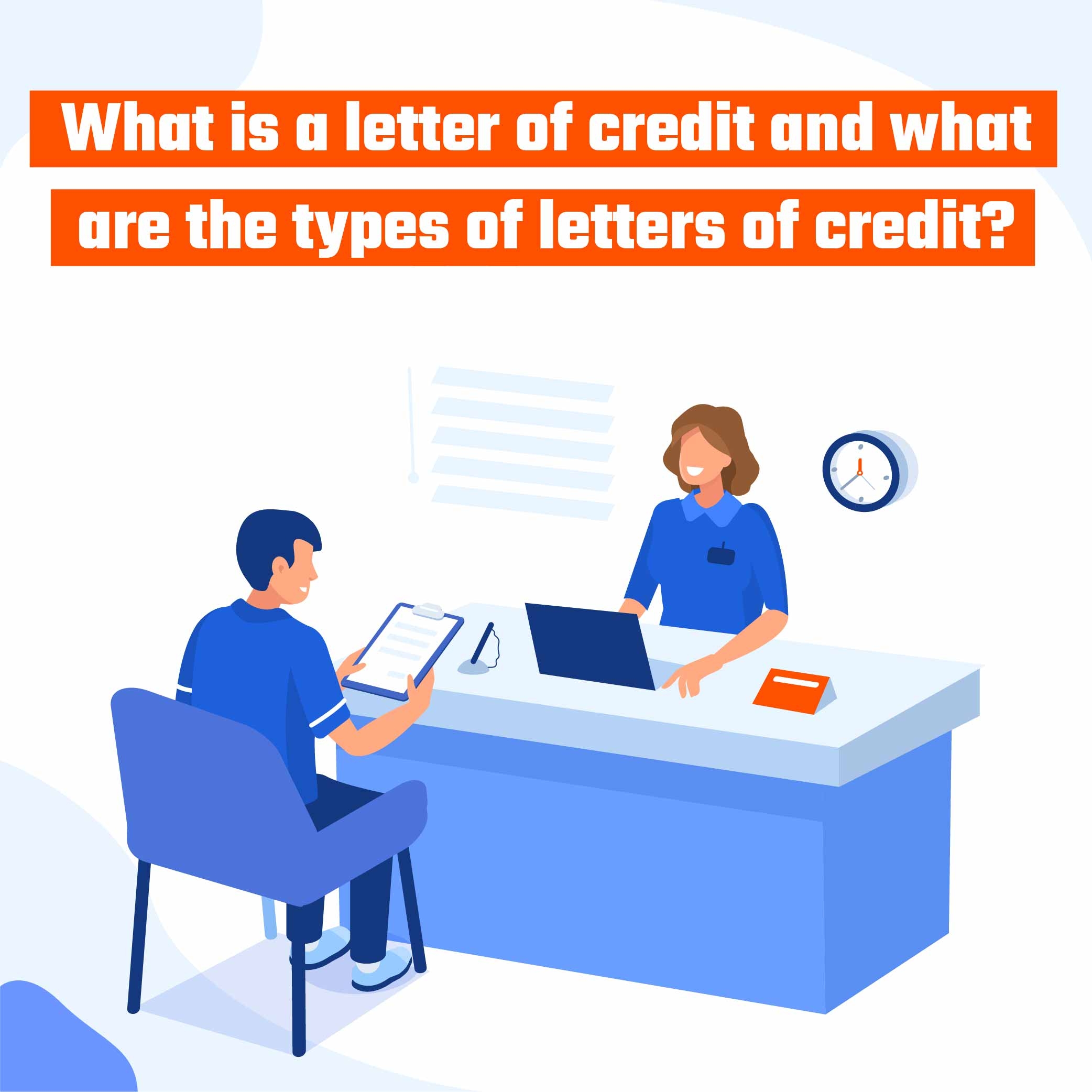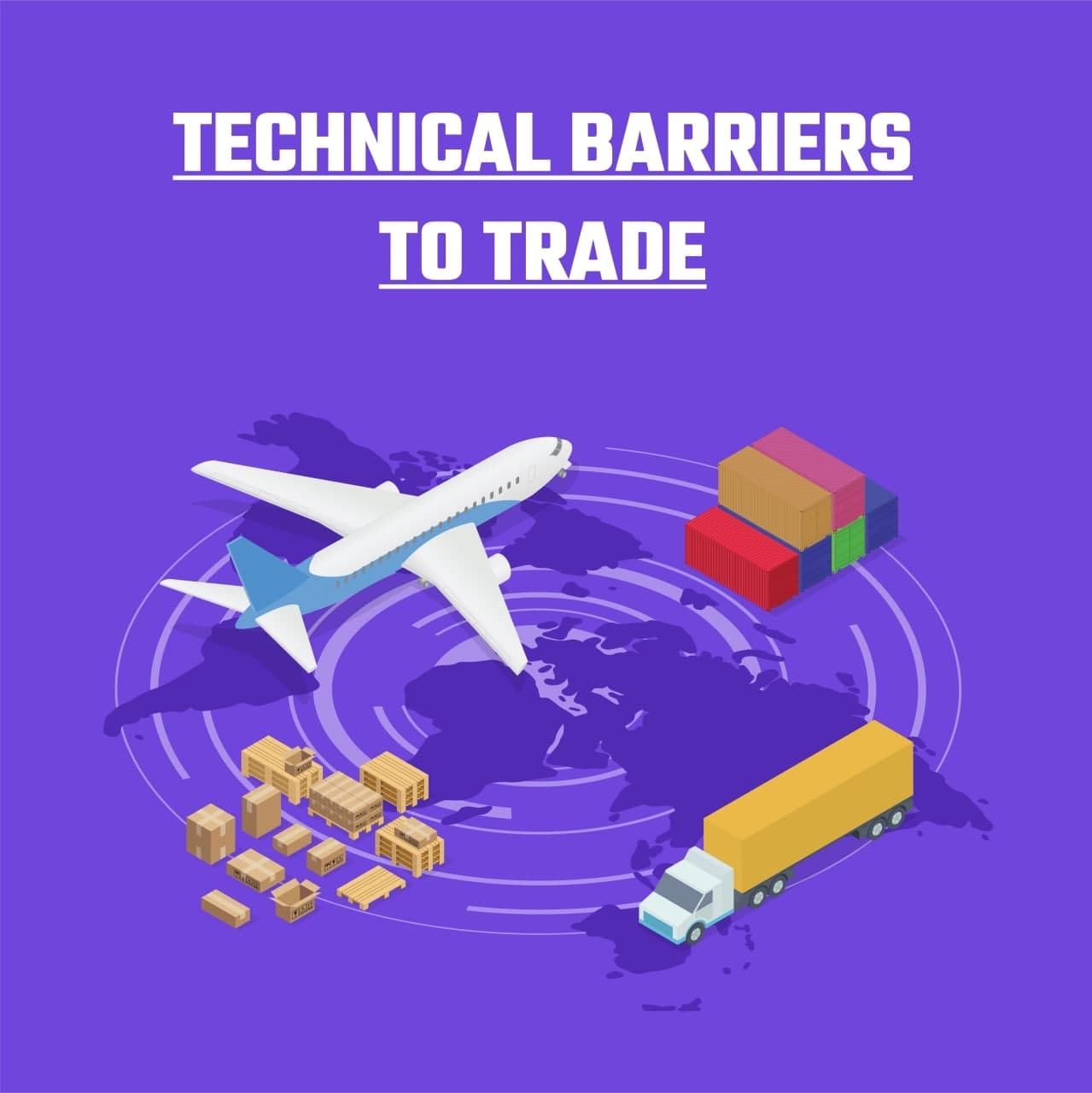What is Export?
Export is
the event that a person or institution sells the goods or services produced
abroad. Export, which is one of the most important titles of foreign trade,
together with its opposite import, creates the foreign trade balance of a country.
Exporting
mainly be of two types;
· Direct
Exporting
· Indirect
Exporting
Direct Exporting
Direct
exporting means selling products abroad without intermediaries. In direct
exporting, a firm undertakes to sell its products abroad and is responsible for
dealing directly with foreign customers.
A company
may carry on direct exporting by any of the following modes;
· By
establishing company’s own corporate export provision,
· By
appointing foreign sales representative and agent,
· Through
foreign based distributors and retailers/ agents,
· Through
foreign based state trading corporation,
· Through
overseas sales branches.
Indirect Exporting
Indirect
exporting means the sale of goods abroad through intermediaries. Indirect
exporting involves using the help of independent middlemen and sales
intermediaries that take the responsibility of sending the products to foreign
countries.
Some major
types of intermediaries of indirect exporting are as follows;
· Commission
agents
· Domestic
based export merchants or export trade companies
· Buying
or purchasing agents
· Export
agents
· Export
Management Companies (EMCs)
· Cooperative
organizations
There are
two types of indirect exporting;
· Occasional
(Passive) exporting
· Active
exporting
Occasional
or Passive exporting takes place when company exports from time to time either
on its own initiative or in response to unsolicited orders from abroad.
Active
exporting takes place when the company commits to expand its exports to a
particular market.
In
addition, indirect exporting has some advantages over direct exporting.
· Indirect
exporting involves less investment. The manufacturer does not have to develop
an export department, an overseas sales force, or a set of foreign contracts.
· Indirect
exporting also involves less risk. International trade marketing intermediaries
bring know how and services to the relationship, the seller will normally make
fewer mistakes.
How to Become an
Exporter?
The
following steps should be taken into account in order to become an exporter.
1. Identify Products to Export
The
first thing to do to become an exporter is to determine the product or products
to be exported and to determine whether there is a suitable market for these
products.
2. Assess the Risk of Exporting
After
deciding on the products and the market, it should be investigated whether
there are restrictions on exports to the determined country or countries and
the risk of doing business there should be evaluated.
3. Determine Market Entry
After
the risk is determined, the products are ready for export. In this step, how to
export should be determined. It should be decided whether to sell directly or
to find a distributor.
4. Get Acquainted with the Major Players
In
order to make a start towards export, it is necessary to get acquainted with
the major players in international trade. The quickest way to do this is to
research their websites.
5. Get Export Training
There
are trainings available for all levels of exporters- from those just getting
started to experienced professionals.
-Seminars
and trainings organized by government institutions can be useful.
-Private
organizations can help for a faster, smarter, more profitable export process.
-Consultants
can be preferred as another option.
Official
procedures for becoming an exporter differ in each country. Individuals or
companies that will export can learn these procedures or necessary documents
from the official websites of the Ministry of Commerce of the relevant country
or by applying to the relevant public institutions.
It is very easy to reach importers and exporters all
over the world directly with TradeAtlas! TradeAtlas is a global importer and
exporter search engine that contains 1.5 billion bills of lading and shipment
details data of 17.5 million importer companies in more than 230 countries
around the world. TradeAtlas is with you to accompany you in taking steps
towards becoming a more important part of global trade! To become part of the
global ecosystem, you can register and search for free by clicking here.


